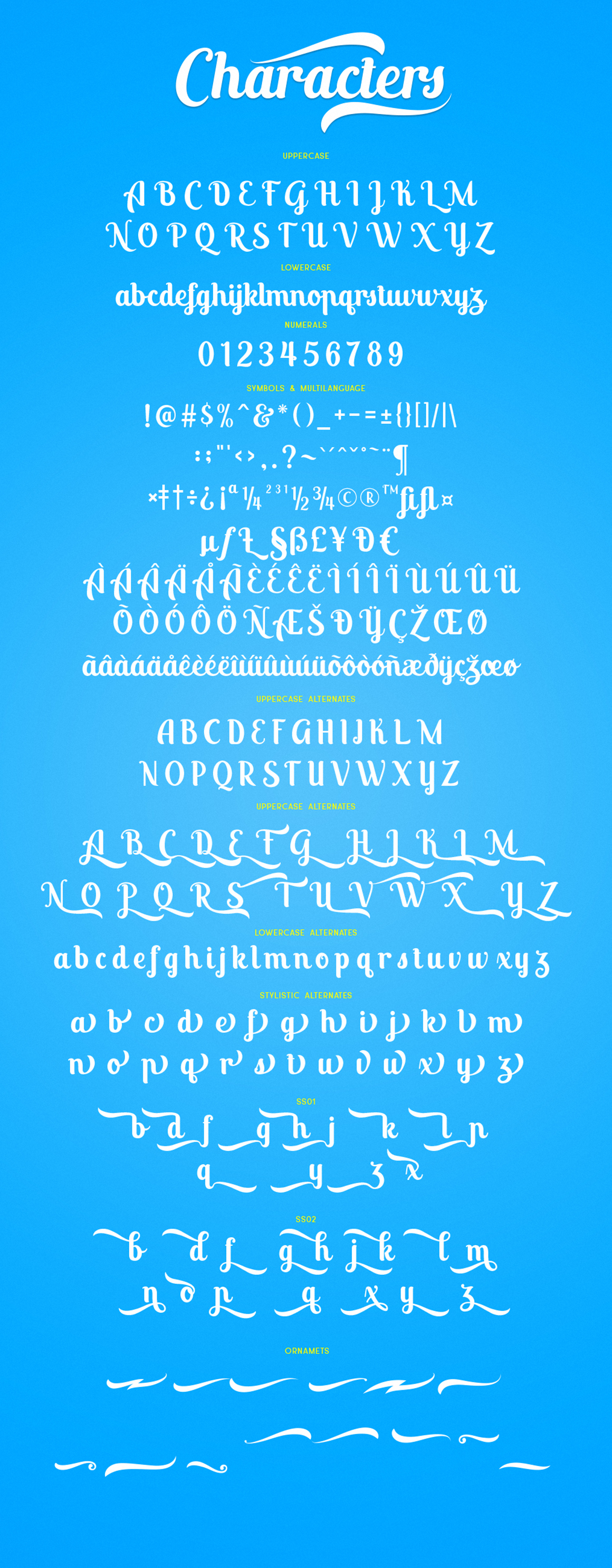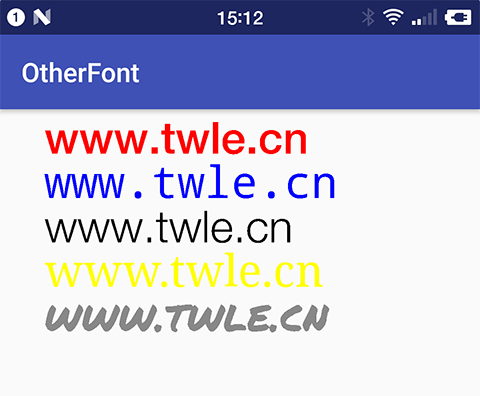

- ANDROID STUDIO TYPEFACE EXAMPLES HOW TO
- ANDROID STUDIO TYPEFACE EXAMPLES INSTALL
- ANDROID STUDIO TYPEFACE EXAMPLES ANDROID
ANDROID STUDIO TYPEFACE EXAMPLES ANDROID
If you want to use Android Studio to generate the required files, then you’ll need version 3.0+. In order to use the downloadable font in android studio, follow the below steps : In this model, the font is fetched over the network when needed. This saves users cellular data, phone memory, and disk space. Improves the overall system health as multiple APKs can share the same font through a provider. Increase the app installation success rate The Font Provider does not need to download fonts if it already exists in the Font Cache. Namespace is what ensures that the feature is backward compatible.Īs you can see in the image above, apps using Downloadable Fonts make aįrom the Font Provider. To create a font-family, right click onĪ really important thing to note is that we had to define attributes using both The benefit is that you can access it as a single unit instead of referencing individual font files for each style and weight. To create a new font family you need to create a new XML font resource.


You can create font families which contain a set of font files with their style and weight details. Then follow the below steps :Īdd the downloaded font to the font directory: Once you are done with the installation of the latest version of Android Studio, create a project and add a text view in any of the activity(This is the text view on which we are going to apply custom font). This is important as some of the features are not supported on Android Studio 2.x - for example, the font resource directory.
ANDROID STUDIO TYPEFACE EXAMPLES INSTALL
To work with Custom Font, you need to install the latest version of Android Studio 3.x. : You can use some existing libraries for various fonts used in Android. Typeface custom_font = Typeface.createFromAsset(getAssets(), "fonts/font-name.ttf") TextView tv = (TextView)findViewById(R.id.textview1) The code in the custom view typically looks like: One would also need to have the font file placed in the assets folder. In the custom view, one would create a Typeface and then call setTypeface (or a similar method, that, sets the typeface). One would typically need a custom view that extends the equivalent view were trying to apply a font to. Before the release of Android O, fonts can be used in the following 2 ways :
ANDROID STUDIO TYPEFACE EXAMPLES HOW TO
So, in this blog, you will understand how to useĬustom and Downloadable Fonts in Android?īefore we move forward to look for the new or the latest way of using the font, let's revise the older way of using fonts. Also, you can choose from any of the thousands of fonts on Now there is no need of writing some piece of code for using the fonts. One of the really interesting features for developers was the new way to apply fonts right in your XML files. At the Google I/O 2017, Android O or simple Android Oreo was launched and it came with a lot of cool features.


 0 kommentar(er)
0 kommentar(er)
